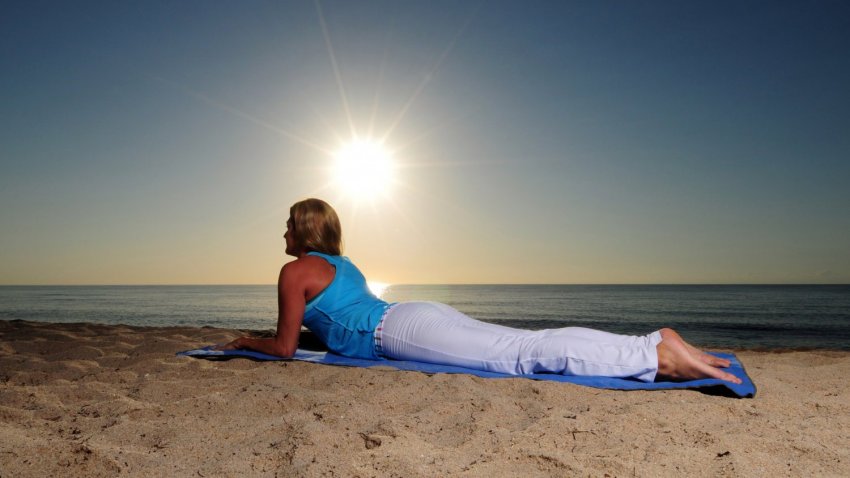View basket (0 items $0.00)
Error message
- Notice: unserialize(): Error at offset 5 of 154 bytes in variable_initialize() (line 1202 of /home/dh_6hcdc2/yogau.online/docroot/includes/bootstrap.inc).
- The file could not be created.
- The file could not be created.

Rest for Stress Relief, Healing and Strength
When we talk about physical fitness, we focus quite a bit on how to strengthen, build, exert, tone, engage, etc.... but we seem to forget the purpose and value of rest as a part of those pursuits.
I am not talking about sneaking in the occasional pedicure. I am talking about finding rest, scheduling it, protecting it, and learning how to prioritize it.
What I/We need to remember:
1. Rest promotes healing.
The body has an energy pie, and healing needs a big piece of that pie. This takes energy from other endeavors, bodily needs, brain work, emotional resources, function, etc. We need to honor this energy-balancing act to move the healing process forward.
2. Rest builds strength.
Muscle training creates minor tissue damage (micro tears), and repair occurs through rest. Once healed the tissue is actually stronger and able to take on more load. Quality rest prepares us for the next challenge (physical or otherwise).
3. Put simply, rest gives us strength.
The metaphors don’t stop there! In the same way that rest complements and ensures strengthening, we need to remember that inhaling complements exhaling. I preach “blow before you go” and about that beautiful, automatic recoil response of the pelvic floor and TA (Transversus Abdominus) that occurs on exhale. But the lesson is often lost: you can’t have a good exhale or recoil without a good inhale first.
Inhale creates space. Inhale can balance the pressures and muscular forces in the abdomen IF we can let our muscles go enough to respond to it. We think of letting go as a weakness or vulnerability. But we miss that balancing the interplay of these elements is actually very powerful. Balance is the key to a new kind of strength.
4. Inhale also offers calm.
An optimized inhale taps into the parasympathetic system, which is our calming system (the opposite of the fight or flight system). We were designed for calm, how cool is that? A calm perspective is a great way to face your next challenge (physical or otherwise).
Ultimately, inhale is a momentary rest: a strength-giving, calm-producing, challenge-preparing space in your day. Don’t miss that opportunity 14 x a minute. What does a high-quality inhale look like?
5. Try an umbrella breath.
Here’s hoping you and I can find some rest in our day…even if it is just a few high-quality inhales!
Need more rest? Here's another helpful YogaUOnline article from Christine Malossi: Yoga for a Good Night's Sleep.
Study with YogaUOnline and Richard Miller: Yoga for Health, Resilience and Well Being: Keys to a Balanced Life.
Printed with permission from juliewiebept.com
 Julie Wiebe is a physical therapist specializing in returning women to fitness after injury and pregnancy. She advocates for the awareness of pelvic health issues in fitness and promotes innovative solutions for women through her blog, videos, and social media (follow her @JulieWiebePT and/or Facebook.com/JulieWiebePT) . She shares her evidence-based, integrative approach internationally with both professionals and women through live, online, and DVD educational programs. Find out more and connect with Julie at www.juliewiebept.com
Julie Wiebe is a physical therapist specializing in returning women to fitness after injury and pregnancy. She advocates for the awareness of pelvic health issues in fitness and promotes innovative solutions for women through her blog, videos, and social media (follow her @JulieWiebePT and/or Facebook.com/JulieWiebePT) . She shares her evidence-based, integrative approach internationally with both professionals and women through live, online, and DVD educational programs. Find out more and connect with Julie at www.juliewiebept.com
Featured Courses








